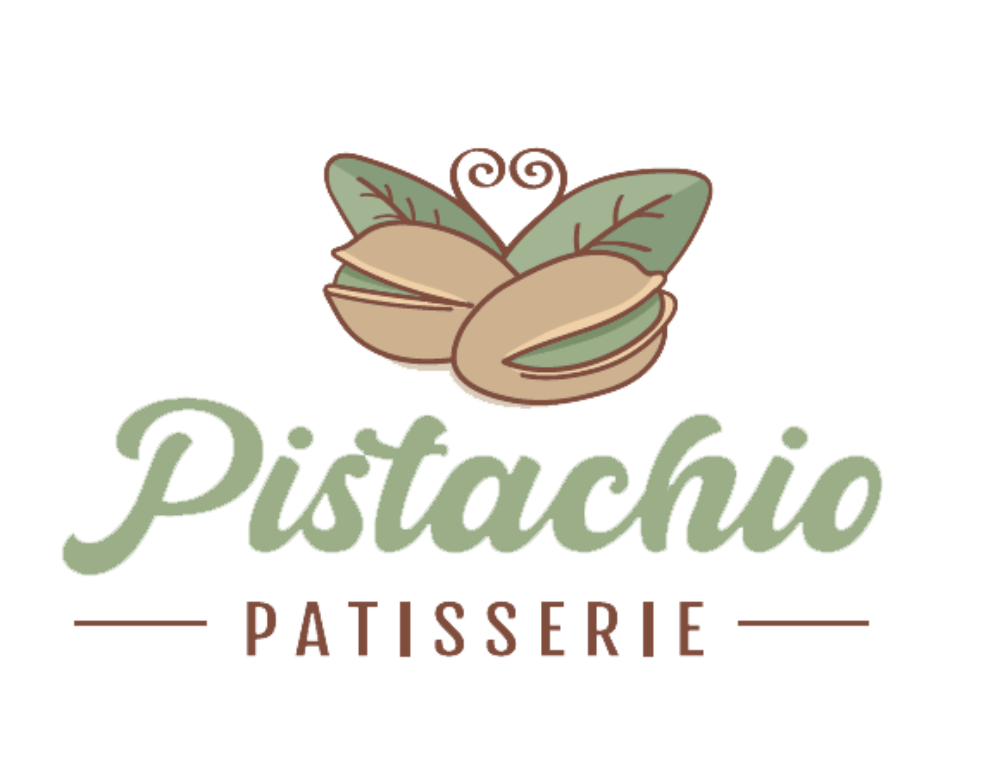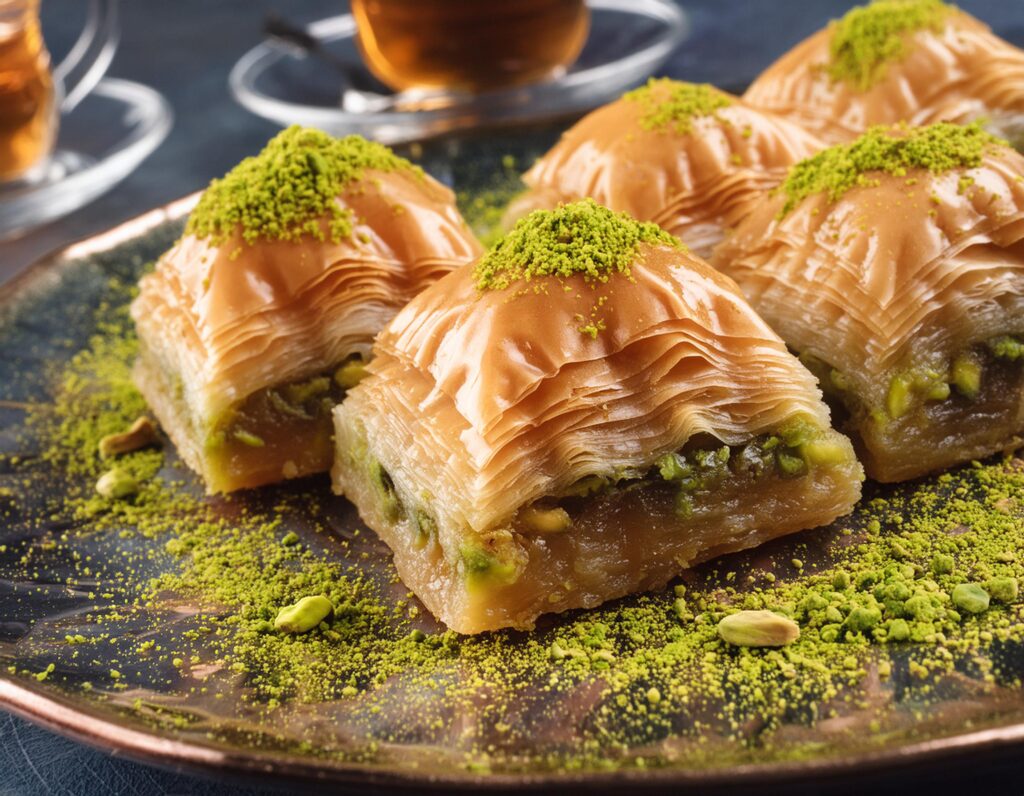Baklava
Baklava
Baklava: A Sweet Journey Through History and Flavor
Baklava is a beloved dessert that has woven its way through the tapestry of Middle Eastern, Mediterranean, and Balkan cuisines. This rich, sweet pastry is made of layers of filo dough filled with chopped nuts, sweetened with syrup or honey, and often enhanced with spices. This article explores the origins, cultural significance, and variations of baklava, offering a glimpse into the rich traditions that shape this exquisite dessert.
The Origins of Baklava
Baklava’s origins are as layered as the pastry itself, with multiple cultures claiming its invention. The most widely accepted theory suggests that baklava was developed during the Ottoman Empire in the imperial kitchens of Topkapi Palace in Istanbul. However, its roots may trace back even further to the ancient civilizations of Mesopotamia. The basic technique—baking thin layers of dough with nuts—was likely present in ancient Assyrian times, around the 8th century B.C.
Throughout its history, baklava has evolved with the influences of different regions and cultures. Each has imbued it with local flavors and techniques, from the use of rose water and cardamom in Iran to the addition of cloves and cinnamon in Greek baklava.
Cultural Significance
Baklava is more than just a dessert; it’s a symbol of hospitality and celebration across cultures. In Turkey, it is traditionally offered during religious celebrations such as Eid and during wedding festivities. In Greece, it’s commonly prepared for special occasions including Christmas and New Year’s. Baklava also plays a significant role during the Ramadan feasts across the Middle East.
The preparation of baklava is often a family tradition, passed down through generations. The act of preparing and sharing baklava strengthens communal bonds and celebrates cultural heritage.
Regional Variations
Baklava varies significantly from one region to another, each adding its own signature twist to the classic recipe:
- Turkish Baklava: Typically uses pistachios, walnuts, or hazelnuts and is often sweetened with a syrup that may include lemon juice.
- Greek Baklava: Generally includes walnuts or almonds and is flavored with a honey-based syrup, sometimes with the addition of cinnamon and cloves.
- Lebanese and Syrian Baklava: Often features a mixture of pistachios, cashews, and pine nuts, with orange blossom or rose water enhancing the syrup.
- Balkan Baklava: Can include added spices like cloves and cinnamon, with a thicker pastry dough than its Middle Eastern counterparts.
Modern Innovations
While traditional recipes remain popular, contemporary chefs and bakers are experimenting with baklava, introducing new fillings like chocolate, dried fruits, and even savory versions. Such innovations have helped baklava continue to capture the hearts (and taste buds) of new generations around the globe.
Baklava is a testament to the rich history of the regions it comes from, a dessert that has traveled through empires and across continents. Whether enjoyed as part of a festive celebration or a simple family gathering, baklava continues to be a bridge between past and present, a sweet embodiment of culinary artistry and cultural tradition.
From its intricate preparation to its rich history and its enduring presence at festive tables, baklava remains a beloved symbol of generosity and joy in many cultures. Its continued popularity around the world speaks to its timeless appeal and the universal language of good food shared among friends and family.

